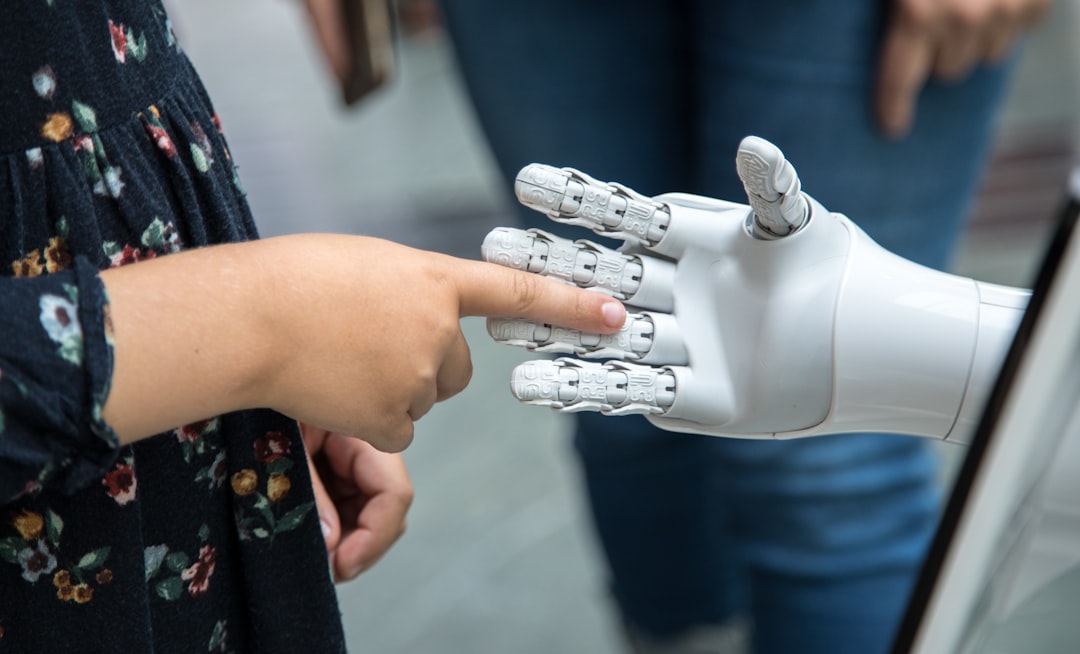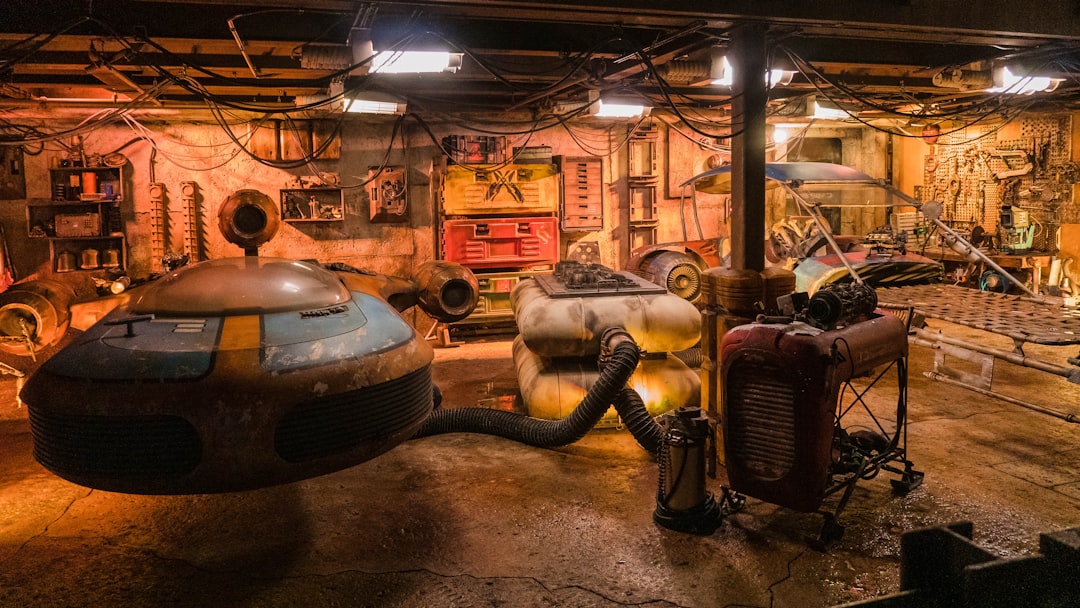Every generation promises to “change the world,” yet our classrooms remain eerily familiar: rows of desks, chalkboards or whiteboards at the front, lectures handed down from on high. Meanwhile, outside the school walls, artificial intelligence is reshaping industries, accelerating discovery, and personalizing experiences at scale. It’s time we ask ourselves: why are we still forcing children to learn in a format built for the 19th century, when AI-powered tools can teach them faster, smarter, and more engagingly than any one-size-fits-all curriculum?
1. The Slow March of Traditional Education
Traditional schooling is bound by schedules, standardized tests, and rigid curricula. A class of 30 students moves at the pace of the median learner—slowing down advanced students and rushing those who need more time. Concepts are introduced according to an arbitrary timeline, not when each child is ready to absorb them. As a result:
-
Boredom and Frustration: Gifted children grow restless repeating basic arithmetic, while struggling students feel left behind and discouraged.
-
Wasted Years: Students spend countless hours re-learning material they already mastered or grappling with subjects they’re not yet prepared for.
-
Uniformity Over Individuality: Creativity and individual interests are often stifled in favor of teaching to the test.
We wouldn’t force a top athlete to train with rookies, nor would we expect a seasoned programmer to relearn “Hello, World!” every semester. Yet that is exactly what the current system does.
2. AI: The Ultimate Personalized Tutor
Artificial intelligence thrives on personalization. By analyzing each student’s performance, AI can adapt content in real time:
-
Dynamic Pacing: AI platforms adjust the difficulty and speed of lessons to match a learner’s proficiency, ensuring mastery before moving on.
-
Customized Content: Visual learners might receive interactive simulations, auditory learners might hear narrations, and kinesthetic learners engage in virtual labs—all tailored to their style.
-
Instant Feedback: Rather than waiting days for graded tests, students get immediate corrections, hints, and explanations exactly when they need them.
This level of customization not only accelerates learning but also cultivates a growth mindset—students see mistakes as opportunities and advance confidently at their own pace.
3. Beyond Memorization: Cultivating Critical Skills
In an AI-enhanced classroom, rote memorization gives way to creativity, problem-solving, and collaboration:
-
Project-Based Learning: With AI handling foundational drills, teachers can guide students through interdisciplinary projects—coding a simple game, designing an eco-friendly community plan, or producing a multimedia documentary.
-
Real-World Simulations: AI-driven simulations let students experiment in safe, virtual environments—from chemical reactions to economic markets—bridging theory and application.
-
Collaborative Intelligence: Students learn to work alongside AI agents, leveraging machine insights while honing uniquely human skills: empathy, ethics, and ingenuity.
This shift ensures that when students graduate, they’re not just repositories of facts but adaptable thinkers ready to tackle complex challenges.
4. Reimagining the Teacher’s Role
Far from replacing educators, AI empowers them to focus on what machines can’t replicate:
-
Mentorship Over Monologue: Teachers transform into coaches and mentors, building relationships, guiding discussions, and nurturing social-emotional development.
-
Curriculum Design: Freed from the tedium of grading, teachers spend their energy crafting creative projects, community partnerships, and experiential learning opportunities.
-
Data-Driven Insights: AI dashboards flag trends—students struggling with fractions, groups excelling in rhetoric—allowing targeted interventions and enrichment.
In this model, educators become the human heart of learning, ensuring technology serves students rather than the other way around.
5. Addressing Concerns: Equity and Empathy
Critics worry AI could widen the digital divide or erode social skills. But with thoughtful implementation, we can safeguard against these risks:
-
Universal Access: Public-private partnerships can ensure all students, regardless of zip code, have internet access and AI tools—turning equity from aspiration into reality.
-
Blended Learning: Combining AI lessons with in-person group work preserves social interaction, teamwork, and empathy-building activities.
-
Ethical AI Education: Teaching students about AI’s biases and limitations fosters digital literacy and responsible citizenship.
By proactively designing inclusive, human-centered AI systems, we can uplift every learner.
6. A Call to Action: Embrace the Future of Learning
The evidence is clear: AI-driven education isn’t a distant dream—it’s already transforming how students learn around the globe. From adaptive math platforms that halve remediation time to language apps that tailor practice to individual accents, we have the tools to revolutionize schooling today.
Policymakers, educators, parents, and technologists must collaborate to:
-
Invest in AI Infrastructure: Ensure every school has the bandwidth, devices, and training needed.
-
Revise Standards: Shift from seat-time and standardized tests toward competency-based assessments.
-
Empower Teachers: Provide professional development to integrate AI seamlessly and ethically.
-
Pilot Bold Models: Support charter schools, micro-schools, and after-school programs that experiment with AI-first approaches.
-
Engage Communities: Involve students, families, and local businesses in co-creating AI-enhanced learning experiences.
The cost of inertia is too high. Each year we cling to outdated methods is a year lost—students left bored, disengaged, or unprepared for an AI-driven world. Conversely, a paradigm shift could unleash human potential on an unprecedented scale.
Let’s not waste another generation’s precious time. It’s time to harness AI’s power, reimagine our schools, and give every child the personalized, future-ready education they deserve. The future is here—let’s build it together.









0 Comments